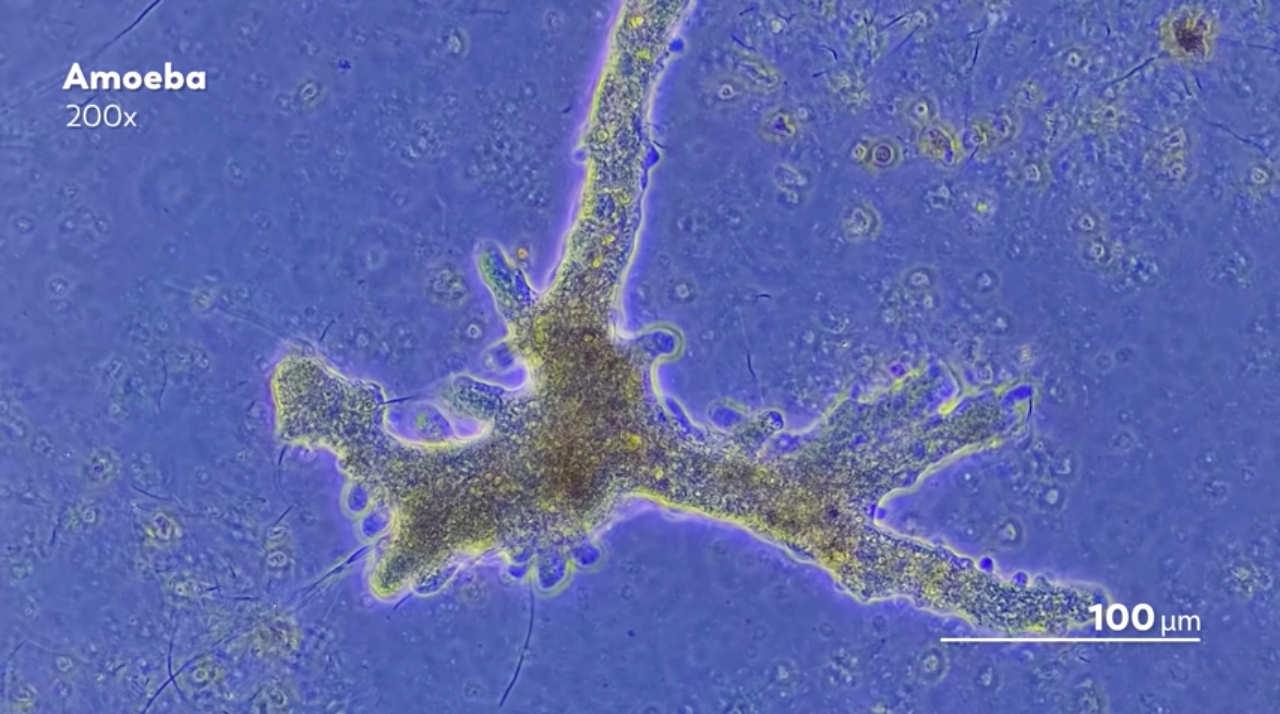
Still from the video The Microcosmos of the 1800s: The Story of Christian Gottfried Ehrenberg. (Source: Journey to the Microcosmos/YouTube)
Infusoria was the term used by early naturalists to describe microscopic organisms because most of their observations were based on ‘infusions’ of water and other substances. Scientific circles used this term until the second half of the 19th century, when the development of cell theory and the simultaneous diffusion of evolutionary theory brought about different  nomenclatures and understandings of
nomenclatures and understandings of  microbial worlds. Dismissing the early views of microorganisms as miniature animals defended by naturalists like Christian Gottfried Ehrenberg in the
microbial worlds. Dismissing the early views of microorganisms as miniature animals defended by naturalists like Christian Gottfried Ehrenberg in the  origins of micropaleontology, cellularity and the extensive microscopic observations of early scientists provided other terms, like Protozoa and Protista.1 Today, the term infusoria is still in use among hobbyists to describe microorganisms cultivated to feed fish and other aquarium animals.
origins of micropaleontology, cellularity and the extensive microscopic observations of early scientists provided other terms, like Protozoa and Protista.1 Today, the term infusoria is still in use among hobbyists to describe microorganisms cultivated to feed fish and other aquarium animals.
This video is part of a series on the microcosmos and introduces infusoria through the fascinating Ehrenberg Collection held at the Museum für Naturkunde Berlin. (Source: Journey to the Microcosmos/YouTube)
- See Frederick B. Churchill. “The Guts of the Matter: Infusoria from Ehrenberg to Bütschli, 1838-1876”. Journal of the History of Biology 22, no. 2 (1989): 189-213. https://doi.org/10.1007/BF00139512.↩